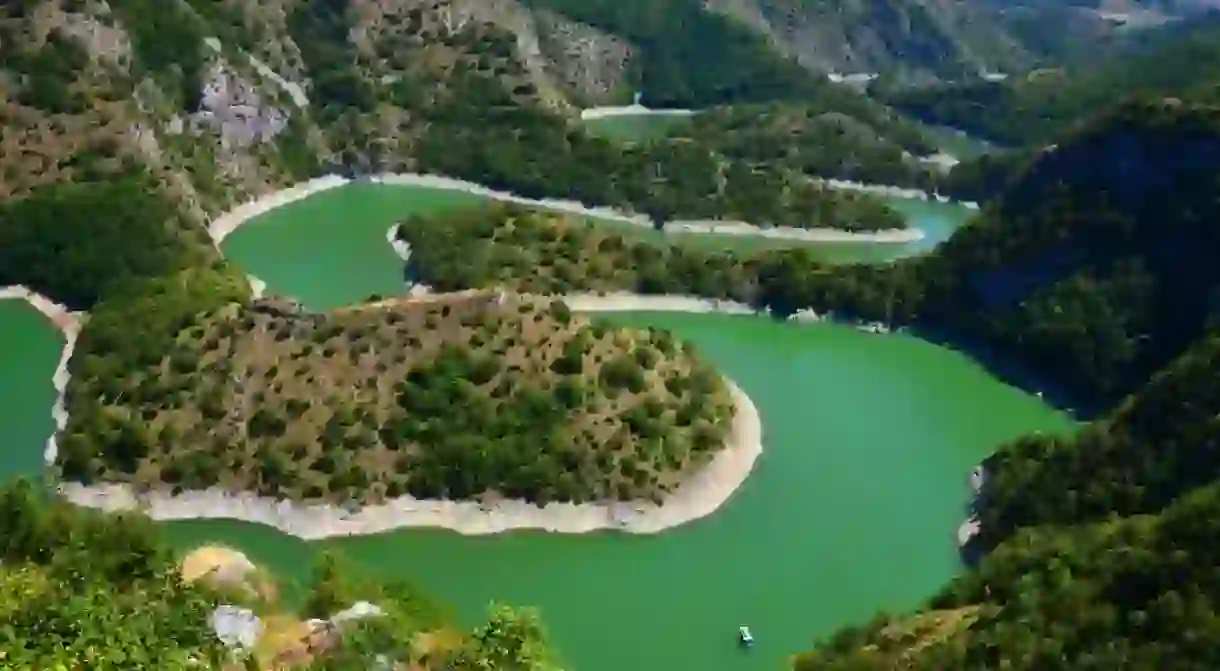A Guide To All of Serbia's Regions

From north to south and from east to west, Serbia is resolutely Serbian. All corners of the country offer a uniform passion, but they all have their quirks and unique elements that make them special in their own right. Here is everything you need to know about Serbia’s five statistical regions, including the breakaway province/independent state that is Kosovo.
Belgrade
Belgrade dominates Serbia in so many ways, so it isn’t surprising at all that it is considered a statistical region in its own right. Almost a quarter of Serbia’s population lives within the limits of the White City, and all of them have the nation’s best cafes, restaurants and nightlife just a short journey away.
Belgrade is one of the most historic cities on the planet, and for centuries the fortunes of the entire Serbian nation have revolved around the city the Romans called Singidinum. NATO’s campaign of aggression against what was then Yugoslavia focused on the city, but Belgrade has been destroyed and rebuilt countless times over the centuries. This is a city that never gives up, whether you like it or not.

Vojvodina
The entire northern part of Serbia is given over to Vojvodina, an autonomous province that enjoyed that status even during the Yugoslav years. The modern history of Vojvodina is quite distinct to the rest of the country, and the influence of Austria-Hungary is keenly felt through its plethora of gorgeous towns centred around Novi Sad, Serbia’s second biggest city.
The area is largely flat, but the square peg in that particularly spherical hole is the magnificent Fruška Gora. Acres of lush greenery hide a number of gorgeous monasteries, hundreds of years of Serbian culture defended by one of its most delightful mountains. If you only visit one region of the country outside of Belgrade, make it Vojvodina.

Kosovo & Metohija
Ideally we wouldn’t touch this subject with the longest of long poles, but every now and then the elephant in the room must be addressed, even if it means wearing a helmet and doing so from an unidentified cellar somewhere in the northern hemisphere. The Serbian government still recognises Kosovo & Metohija as its southernmost province, and that isn’t going to change any time soon.
Kosovo declared independence in 2008 and has been recognised by over 100 states worldwide, but many influential countries still refuse to acknowledge it. Many of Serbia’s most important religious landmarks are in the territory, and have come under pressure from extreme elements within Kosovo Albanian society. Kosovo holds a hugely important place in the history of the Serbs, and much of the national consciousness was formed with the infamous 1389 Battle of Kosovo as the central event.
Visiting the disputed province as part of a wider trip creates one of Europe’s few awkward situations, too. If you enter Kosovo from outside Serbia you’ll be stuck on your way into the rest of the country, as the lack of entry stamp will see you considered an illegal entrant. Doing so from Serbia proper causes less problems, so its best to be safe and do them in that order if you’re backpacking the region.

Šumadija & Western Serbia
These two started life as separate regions, but the decision was made in 2010 to bring them together as one. Many of Serbia’s most impressive natural sights are found here, including Tara National Park and the awe-inspiring Uvac Canyon. There is much in the way of historical culture too, with the King’s Road list of monasteries also found here.
Kragujevac, Novi Pazar and Čačak are the biggest urban centres, but a plethora or smaller towns make this the most populous region as a whole. It is its most tranquil spots that attract the most attention however, and places like Studenica and Zlatibor showcase the best of Serbia when it comes to both cultural heritage and the hand of the creator himself.

Southern & Eastern Serbia
Last but by no means least, Southern & Eastern Serbia also started out separate but were brought together by the same law that married Šumadija and Western Serbia in 2010. Mention Niš, Leskovac and other towns in the south to anyone in Serbia and the first thing you’ll hear in response is some sort of lip smacking comment about the quality of the food. There’s a very good reason for that (the food, obviously).
The eastern portion of Serbia is the least developed, and attracts the least amount of visitors as a result. Smederevo’s fortress is well worth a visit, and the impact of mining in and around Bor never ceases to amaze, but the real value is down in the south around Niš.














